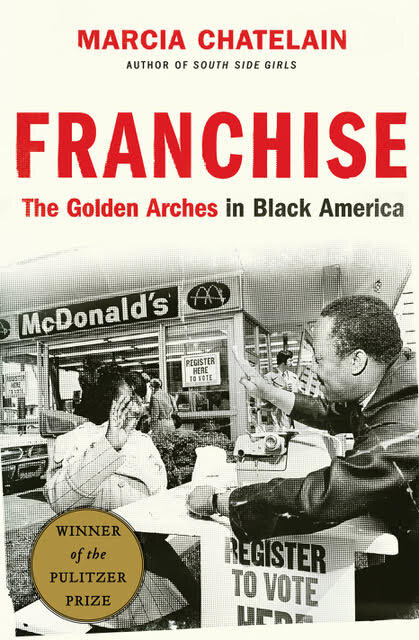Review of Crescent City Girls (Journal of the History of Childhood and Youth)
In a time when academic activists like Kimbele Crenshaw are challenging the invisibility of girls of color in conversations about police brutality and educational disparities through the #SayHerName campaign, new work on the history of black girlhood demonstrates creative ways of disrupting these inaccurate, dominant narratives. In LaKisha Simmons’s recent book, Crescent City Girls: The Lives of Young Black Women in Segregated New Orleans, readers are introduced to the interior lives of black girls in a city shaped by complex color lines, racial identities, and demands on what girlhood was supposed to mean. From the streetsof the Treme neighborhood to the House of the Good Shepherd, “an institution for wayward girls,” Simmons focuses on the places that black girls found themselves grappling with their imaginings of themselves and black womanhood. Simmons promises to “unveil the gendered violence of segregation” in early twentieth-century New Orleans, and in doing so she reveals the richness of girls’ experiences. Yet, this book does much more than unveil; Simmons theorizes the personal survival strategies of black girls in the Jim Crow South, where they navigated a treacherous—and often violent—terrain rife with segregation, rigid codes of conduct, and sexual violation. Simmons’s work is, of course, informed by the influential theoretical framing of African American women’s history as engaging black women’s physical, emotional, and rhetorical resistance strategies, as well as the demands of the history of childhood and youth to understand how age is a not a simple matter of years lived. What distinguishes Crescent City Girls from recent explorations of black girlhood is that Simmons uses cultural geography to consider how “the physical placement of buildings revealed black youth’s relationship to power in the city” (11).
Read the full piece here.
